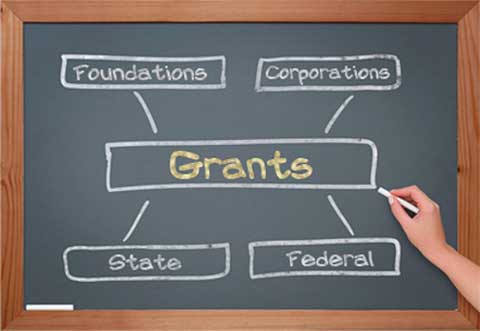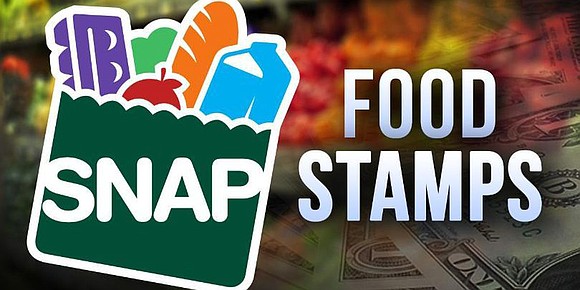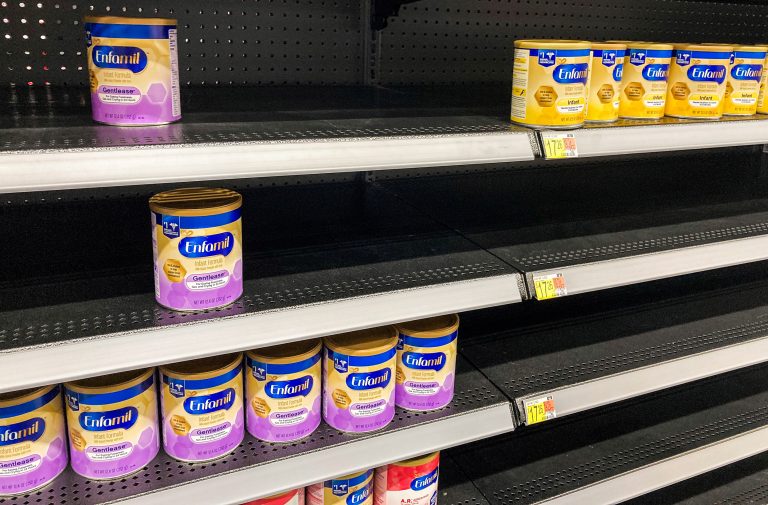Unclaimed property is assets that have been left behind by their rightful owners. There are many different types of unclaimed property, such as tax refunds, stocks, bonds, bank accounts, unpaid wages, life insurance payouts, and more. It is estimated that billions of dollars in unclaimed property are held by states across the US. In fact, you could be one of the millions of Americans who has unknowingly lost track of some of their money or other assets. Here’s how to locate and claim unclaimed property in your state today.
Finding Unclaimed Property
The first step towards finding unclaimed property is to search for it on your state’s Treasury website or the National Association of Unclaimed Property Administrators (NAUPA) website. If you find any matches with your name or a deceased relative’s name, you can submit a claim form directly to that state’s Treasury office. Each state has its own rules about how to submit claims for unclaimed property so make sure you read the instructions carefully before submitting any paperwork.
You may also want to contact a professional unclaimed property specialist for help locating and claiming your assets. They will be able to provide more detailed advice on how best to proceed with your case and what documents are necessary for filing a successful claim. The cost associated with using an unclaimed property specialist varies depending on the complexity of the case but is typically quite low compared to traditional legal fees.
Claiming Your Assets
Once you have submitted your claim form and all necessary documents required by the state Treasury office where your assets are located, they will review it and determine if you qualify for the funds or not. You may need to provide additional documentation or answer questions about why you believe these funds belong to you before they can release them to you. However, once they have determined that you are indeed entitled to these funds, they will usually transfer them directly into your bank account within days or weeks depending on their policy.
Unclaimed property can be incredibly valuable and yet billions remain in limbo due to people forgetting about them or losing track of them over time. By searching online for matches with your name or a deceased relative’s name on either your state treasury website or NAUPA website, as well as consulting an experienced professional if needed, you can get started reclaiming any potentially lost assets today! With luck and patience, these funds could give you a much-needed financial boost during these challenging times! Good luck!









